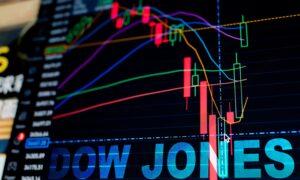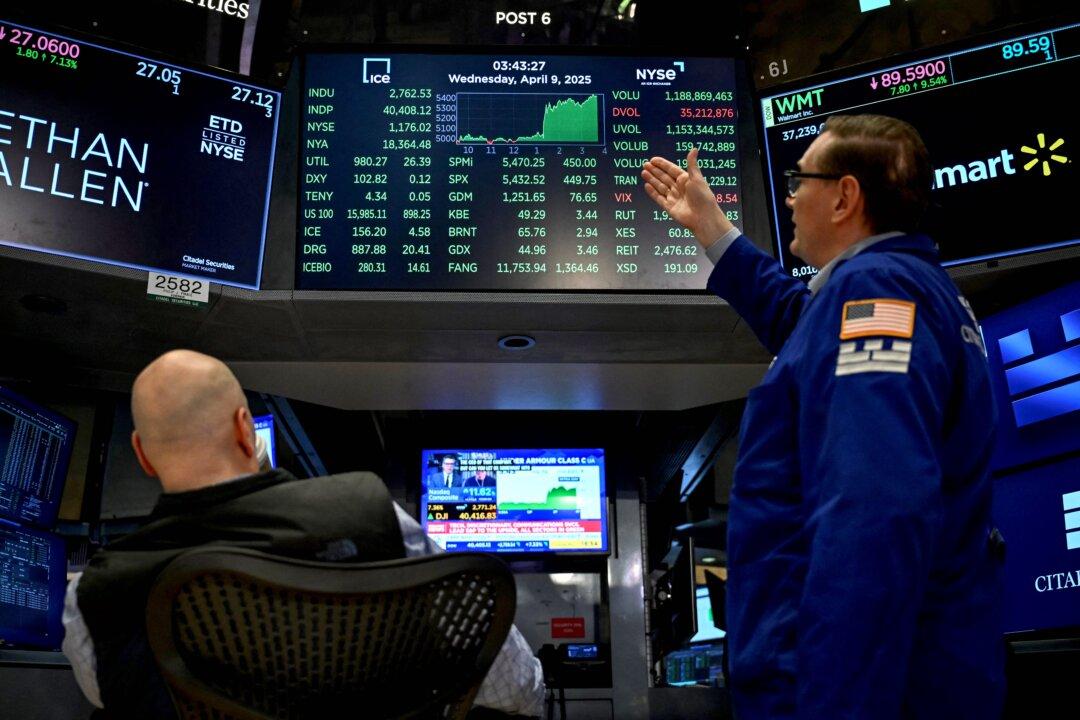We’ve seen a strong first half in many of our top growth stocks, plus new all-time highs in the NASDAQ and the S&P 500 on last Friday’s opening, despite a dismal presidential debate the night before – but the best economic news last week was that the Fed’s favorite inflation indicator, the Personal Consumption Expenditure (PCE) index, was unchanged in May and has risen just 2.6% in the past year. Excluding food and energy, the core PCE rose 0.1% in May, so the annual pace of the core PCE index is now running at its lowest level since March 2021, telling us the Fed has some justification for cutting rates on July 31st.
Last Tuesday, the Conference Board announced that its Consumer Confidence Index slipped to 100.4 in June, down from 101.3 in May. The good news is that the present situation component rose to 141.5 in June, up from 140.8 in May. The bad news is that the expectations component declined to 73 in June, down from 74.9 in May. Clearly, confidence was mixed in advance of the Thursday Presidential debate.
In other key news, personal income rose 0.5% in May, but consumer spending only rose 0.2%. That tells us that consumers remain cautious.
Here are the most important market news items and what this news means:
- The British and French elections are expected to dominate the news in early July as populism rises. In the first round of French voting, turnout was at the highest rate in nearly 40 years, which suggests that the conservative movement in France is stronger than ever. This movement is essentially a blowback against both the European Union (EU) as well as French President Macron. If during the second runoff election, Marine Le Pen’s RN party secures 289 seats in the 577-seat National Assembly, President Macron would be forced into an uncomfortable power sharing arrangement known as a “cohabitation” that would force opposing parties to govern together. France has not yet had a “Brexit” moment, but is getting close, so the EU is expected to be much weaker moving forward.
- Interestingly, the day after the U.S. Presidential debate, Ukraine’s President Volodymyr Zelensky said he was drawing up a “comprehensive plan” for how Kyiv believes the war with Russia should end. Since President Biden is unlikely to meet with Vladimir Putin, French President Macron is in the midst of a leadership upheaval in the election he declared and Britain is expected to have a new Prime Minister soon, all of a sudden, the leaders that backed Ukraine and provided military aid have no time to help Zelensky and/or meet with Putin. Overall, this leadership void and changes in the world have opened a window for Russia to seize more of Ukraine until serious cease-fire negotiations commence.
- A third of the EU’s imports of urea, which is the cheapest form of nitrogen fertilizer are imported from Russia. As an example, Poland’s imports of Russian urea were $120 million in 2023, up from $84 million in 2022. Since urea is made from expensive natural gas, Europe can no longer make its own fertilizer and must import it from Belarus and Russia instead. Obviously, Russia is increasingly controlling the food security in Europe. Due to the EU’s dependence on Russia for its food production, it would be in the EU’s best interest to seek a ceasefire between Ukraine and Russia.
- In the U.S., there is a new crisis developing in golf, namely that the two largest U.S. golf cart producers, named Club Car LLC and Textron Specialized Vehicles Inc. have formerly asked the Biden Administration to impose a 100% tariff on golf carts and other low-speed, battery power vehicles made in China. Essentially, the domestic golf cart industry, headquartered in Georgia, is asking for the same tariffs as the domestic auto industry. Since 2020, the imports of Chinese golf carts have increased sixfold and are now running at over a $900 million annual pace. Since Georgia is a swing state, I suspect that the Commerce Department will take this request very seriously and impose another 100% tariff on Chinese electric golf cart.
- U.S. ports are now warning the White House that its recent 25% tariff on Chinese-made gantry cranes for container ports would add $130 million in new costs and make U.S. ports less competitive compared to Canada and Mexico. In other words, due to NAFTA, some container shipments may be diverted to Canada and Mexico and then transported back into the U.S. In letters to U.S. Trade Representative Katherine Tai, ports in California, Florida, South Carolina, Texas and Virginia said there are no viable alternatives to Chinese cranes. As a result, they are asking for a delay or withdrawal of the pending 25% tariff to be imposed on Chinese cranes.
- The Institute of Supply Management (ISM) announced that its manufacturing index slipped to 48.5 in June, down from 48.7 in May. This is the third straight monthly decline and the 19th decline in the past 20 months. Any ISM reading below 50 signals a contraction. ISM Chairman, Timothy R. Fiore, said “Demand remains subdued, as companies demonstrate an unwillingness to invest in capital and inventory due to current monetary policy and other conditions. Production execution was down compared to the previous month, likely causing revenue declines, putting pressure on profitability. Suppliers continue to have capacity, with lead times improving and shortages not as severe. 62% of manufacturing gross domestic product (GDP) contracted in June, up from 55% in May.” Ouch! As a result, I am expecting that the Atlanta Fed will cut its second-quarter GDP estimate from its previous estimate of a 2.2% annual pace.
Overall, this week will be characterized by light holiday trading volume due to the July 4th holiday. Traditionally, the stock market rallies into major holidays, and both consumer as well as investor sentiment tends to improve. Political news continues to dominate so the market is distracted, but the momentum remains positive. History says that when the first half of the year is strong, the 2nd half follows through higher 75% of the time.







